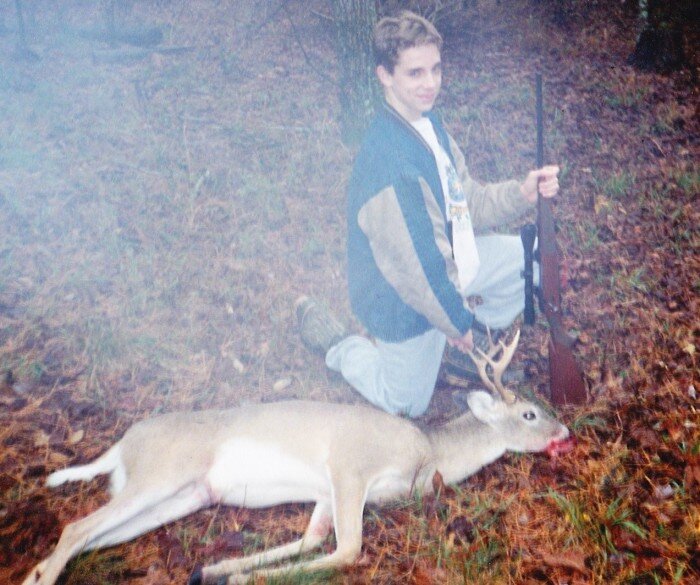Photo 101: Contrast and Light
Contrast and light can make subjects look pretty or ugly. It’s up to you as photographer to figure this out.
Most photographic amateurs think high noon on a sunny day is a great time to take a picture. “Look at those snow-capped mountains, Gertrude. Stand there under that pretty tree, put down your sandwich and I'll take a picture.”
I’m betting dollars to donuts Gertrude didn’t like the results. “The snow’s too white and half my face is black and I'm squinting. We need a new camera.”
No, Gerty, you just need a new photographer. One who understands contrast and light.
Low sun breaking over distant ridge creates special light, depth and mystery.
Recognizing Contrast and Light
What Ralph and all aspiring photographers need to recognize, appreciate and understand are contrast and light intensity.At mid-day, with the sun shining brightly, contrast is high and most subjects do not look their best. Deep shadows appear under hats, noses, chins, etc. The differences in light intensity from areas in shadow versus areas in full sunlight are so extreme that either the bright spots show as hot white with no detail or the shadows as deep black with no detail. This is known as extreme contrast.
The opposite of this is cloudy light. Because direct sunbeams are bounced around and filtered through billions of tiny water droplets, light intensity is even. There are few or no shadows and subjects usually look much better. Contrast is low, sometimes too low. In general, subjects with bright, white or highly reflective surfaces (like fish, metal objects, shiny vegetables, firearms) photograph better in cloudy light. But the absence of shadows makes for a “flat” look. Shadows add texture and depth, so cloudy light isn’t usually good for landscapes.
Even with foreground elements and fog to create depth and mystery, flat, cloudy lighting minimizes the punch of this landscape.
Sweet Light
Between cloudy light and full sun is what photographers call "sweet light." This is the sun in a clear or barely hazy sky early and late in the day. At these times it slants in at a low angle and is moderated somewhat by atmospheric haze, which softens it. Low sun like this shines under overhead obstructions like hats and noses. Low sun creates shadows, but not intensely deep shadows. Those help define depth without extreme contrast. Low, slanted sunlight reveals details in feathers, fur, scales, bark and subtle textures in everything.
Low morning sun casts a warm glow to skin tones and creates just enough shadows for texture without inducing squinting.
Full sunlight early and late in the day creates depth in landscapes by variously highlighting ridges, tree tops, mountains, etc. while leaving canyons, coulees and pockets in shadow. This shadowy texture creates interest and mystery as well as depth.
Special Light
Special light comes at odd times and can involve reflecting clouds, light dust or fog, smoke and other natural phenomena that modify sunlight. Surfaces like cliffs, snowbanks and water reflect light in special ways, too. As a photographer your job is to notice contrast and light quality, recognize its potential and work with or around it to create great images. The critical thing to remember is this: you're photographing light, not objects, as explained in this earlier blog.
Full, mid-day sun doesn't flatter this white goat atop pale rocks.
Backlighting from low morning sun and a distant, shadowy background help this white goat stand out dramatically. The contrast shows texture in its hair.
Author Ron Spomer's photographs have been published thousands of times in hundreds of magazines, books, brochures and advertising campaigns around the world.

















